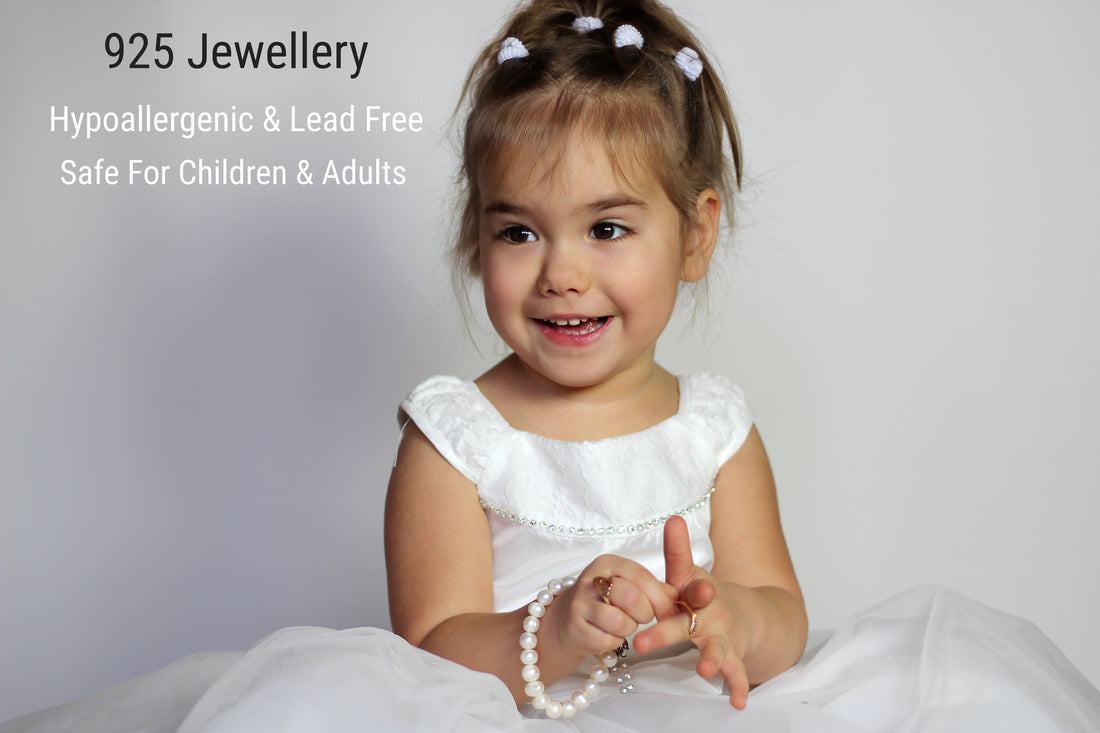Wearing Jewellery is a great way to pull together a whole outfit while at the same time showing glimpses of your personality by having an accessory that pops. It feels wonderful to have a piece of Jewellery that turns heads as you pass by. However, not everyone can wear certain types of Jewellery as they may be allergic to the metal material the piece is crafted from.
How Do You Know If You Are Allergic to Jewellery?
When it comes to figuring out if you have a Jewellery allergy, you will want to observe areas of your body where the Jewellery touches. This will be your best bet of noticing any signs of allergies as your skin will begin to itch and turn red, and sometimes leave a rash. Common signs of Jewelry allergies include:
- Rash on the neck.
- Itchy earlobes.
- Red marks where the Jewelry touches.
- Blisters
What Are Common Jewellery Allergies?
The most common type of Jewellery allergy is Jewellery which is made from nickel. Nickel is a naturally white metal that is usually mixed with other metals to create an alloy. In Jewellery, nickel can be found in earring posts, body Jewellery, eyeglass frames, watchbands, buttons, zippers, and costume Jewellery.
What Are Different Types of Hypoallergenic Jewellery?
To avoid getting signs of Jewellery allergies and prevent potential rashes, you will need to investigate the types of metals your Jewellery is made of. Types of hypoallergenic Jewellery material include:
- Platinum
- 18K Gold
- Titanium
- Sterling Silver (92.5% Silver)
- Stainless Steel
What Can Be Done About Jewelery Allergies?
The best thing to do to prevent Jewellery allergies is to simply switch the metals of the Jewellery to any one of the hypoallergenic Jewellery materials listed above. You will also want to stay away from plated pieces such as German silver, nickel silver, and most costume Jewellery. These materials tend to rely heavily on nickel as a filler element. Another tactic you can do is to keep your Jewellery clean and free of tarnish that could cause the allergies symptoms to appear.















